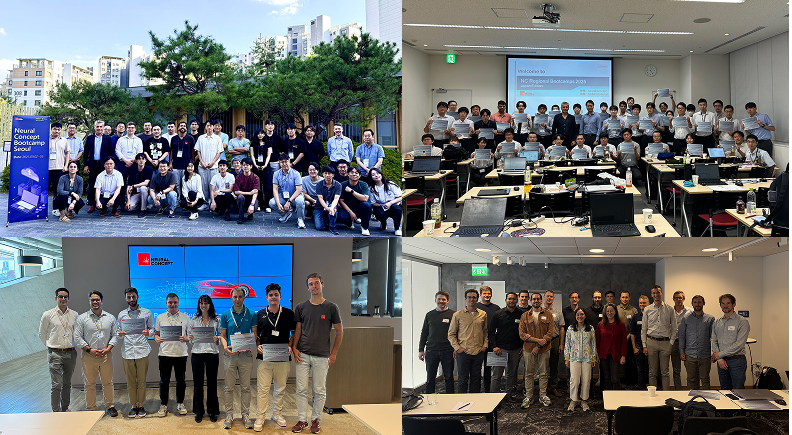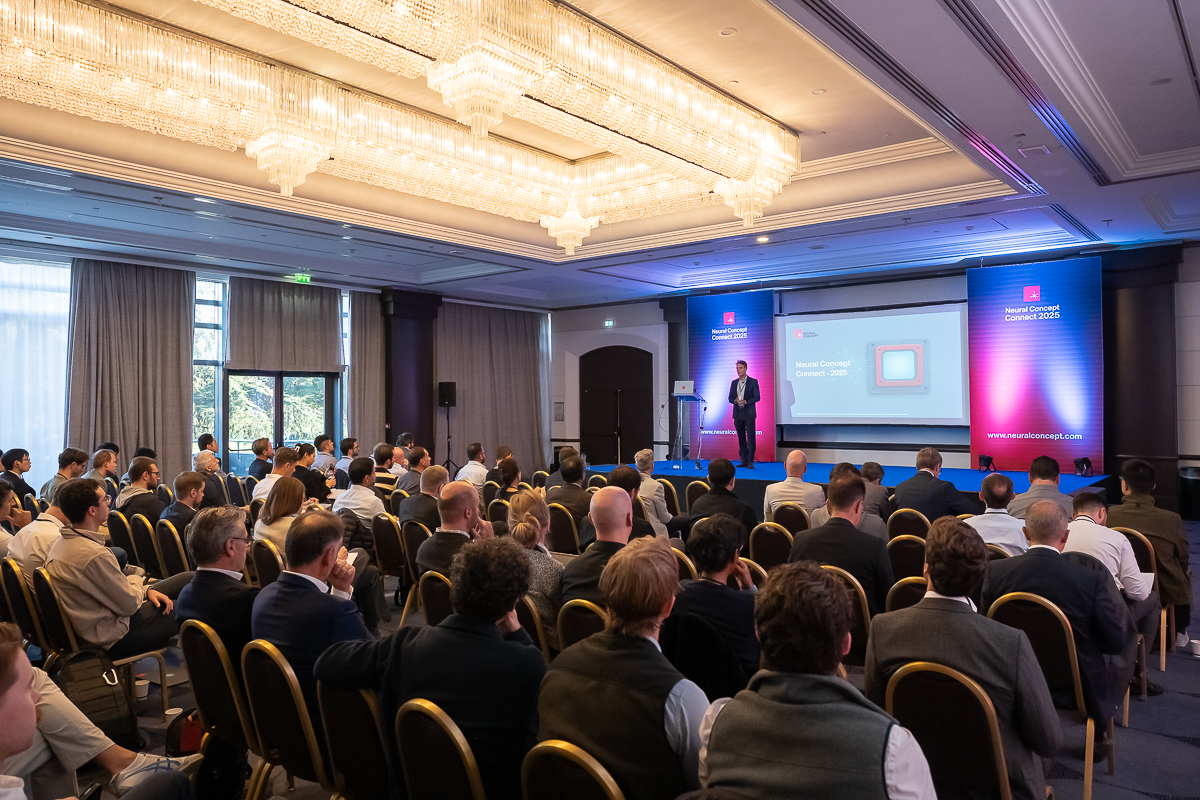Manufacturing Simulation Software Solutions for Optimization

A rising level of education and innovative engineering solutions have led to the advancement of the manufacturing industry, which was the driving force of economic progress in past centuries. Using as a case study the rise and fall of empires, economist Ray Dalio (Bridgewater Associates founder) identified how more education leads to increased innovation and technology ultimately leading to a growth in economic output. The next advancement in the manufacturing industry is propelled by digital transformation.
A key component is software, more precisely manufacturing simulation software. This article explores the benefits for manufacturing operations in the manufacturing process between simulation, Digital Twins, and Industry 4.0. We will peer into the future, with the advent of Industry 5.0 and AI in the production line.

Why Manufacturing Simulation? From Inventory Control to Lean Manufacturing
Manufacturing simulation is the application of modeling of complex manufacturing systems. Inventory, assembly, transport, and production line are evaluated by simulation models ensuring decisions are made to maintain efficiency and productivity and reduce costs. As material transport and labor costs continue to rise, efforts must also be considered and optimized for time and materials. Simulations allow to try anything from simple updates to a complete AI redesign with reduced costs. Manufacturing simulation, within Industry 4.0, goes beyond a replication of physical processes in a virtual environment. It encompasses the creation of Digital Twins as virtual replicas of the entire manufacturing ecosystem. Thanks to simulation modeling, Digital Twins mirror real-world processes, machines, and operations.
Types of Manufacturing Simulation Software
Discrete Event Simulation (DES) and Continuous Simulation are two types of simulation techniques used in various fields of the manufacturing industry that includes manufacturing, operations research, and systems analysis. Each approach is suitable for modeling different types of systems and processes.
DES and Continuous Simulation
Discrete Event Simulation models systems where events occur at distinct points in time e.g. the arrival of a customer, a task completion, or a machine failure in the production line. In Continuous Simulation models systems, variables evolve continuously and equations model the dynamic behavior of a system to physical processes, such as fluid flow or temperature changes.
Digital Twins
Fusion of Digital Twins and Industry 4.0 allowed a new era of manufacturing simulation. Holistic Digital Twins integrate real-time data, IoT, and AI for a more accurate and responsive factory representation.
Applications of Manufacturing Simulation
Digital Twins in manufacturing simulation mean the creation of digital replicas of manufacturing processes, allowing for real-time analysis of different scenarios in a continuous process improvement cycle. Digital Twins provide software platforms to visualize, analyze, and optimize manufacturing processes.
Manufacturing simulation plays a pivotal role in factory planning. Through Digital Twins, the optimization of smart factories extends beyond static layouts, with real-time adaptation of the manufacturing plant to changing production requirements, capacity, and resource allocations.
Example 1 (Consumer Electronics)
Consider consumer electronics factory. Through the implementation of manufacturing simulation, a digital replica of a production process is created with virtual machines, assembly lines, and various production elements, i.e. the entire manufacturing operation ecosystem.
With changing requirements, such as increased demand for a different product or modifications in production scheduling, Digital Twins dynamically adapt the factory layout, reconfiguring machines to increase throughput, optimizing assembly lines, and reallocating resources. For instance, with sudden surge in demand for a device, the smart factory adjusts production lines, directing resources to meet the increased demand.
Furthermore, the Digital Twins provide insights into resource utilization and operational efficiency. For example, if a machine experiences higher utilization rates during certain timeframes, Digital Twins can recommend scheduling to prevent potential bottlenecks or breakdowns, enhancing throughput and operational efficiency to reduce downtime.

Example 2 (Automotive Components)
In another example of digitally driven manufacturing operations, a smart factory produces customized automotive components. As customer demands for personalized features fluctuate, the Digital Twins adapt the facility design to accommodate production requirements, e.g. reconfiguring assembly cells, adjusting workflow processes, and optimizing the allocation of skilled labor based on real-time insights.
The practical implementation of manufacturing simulation in factory planning results in a more adaptive and efficient ecosystem, enhancing the supply chain and the manufacturing enterprise.
Validation of Simulation Modeling for the Manufacturing Industry
Ensuring design accuracy and reliability of a manufacturing simulation software model is crucial for its effectiveness in representing true events. Validation is the process of comparing model results with real-world data to verify that the model accurately replicates the behavior of the actual system.
Strategies and Examples of Validation in Manufacturing Process Flow Simulation
A manufacturing simulation software is developed to optimize production processes in a factory. The model's output, such as production rates, material handling and resource allocation, is compared with historical data. If the simulation closely mirrors the past performance, it indicates a higher level of validation.
In ongoing operations, real-time data from sensors and production systems are integrated into the simulation. If the simulated results align with the actual system performance as it unfolds, it demonstrates the model's accuracy. Statistical methods, such as regression analysis or hypothesis testing, can be applied to compare simulated and actual data. For instance, if the simulation predicts a defect rate in a production equipment or process, statistical analysis can verify if the observed defects match the software simulation predictions.
Flexibility of Simulation Software
Simulations can be subjected to different scenarios such as machine breakdowns. If the simulation software accurately predicts outcomes under these scenarios, it adds confidence in its representation of real events.
When physical tests or experiments are feasible, simulation software results can be benchmarked against the outcomes of physical testing.
The validation process is often an iterative process. As more data becomes available or as the system undergoes changes, the simulation model is updated. Comparing updated simulations with new data ensures ongoing simulation model accuracy. Using data that was not used during the initial calibration and validation process helps cross-validate the software. If the model performs well on new, unseen data, it demonstrates its generalizability.
Benchmark and Test
Comparing the simulation results with benchmarks provides additional layers of software validation. Sensitivity analysis involves varying input parameters to observe the output variations. If the simulation reflects the expected sensitivity of the system, it adds credibility to test the model.
What's Next: Industry 5.0 and Beyond
The integration of cyber-physical systems, AI, and IoT paves the way for Industry 5.0. Within this "Next New Thing", and even deeper collaboration between humans and machines is envisioned, focusing on human-centric approaches, further blurring the lines between the physical and digital realms...
Bibliography
Schwab, Klaus: The Fourth Industrial Revolution. Geneva: World Economic Forum (2016). ISBN 978-1-944835002.
Dalio, Ray: The Changing World Order. Why Nations Succeed and Fail. Simon and Schuster (2021). ISBN 978-1-982164799.



